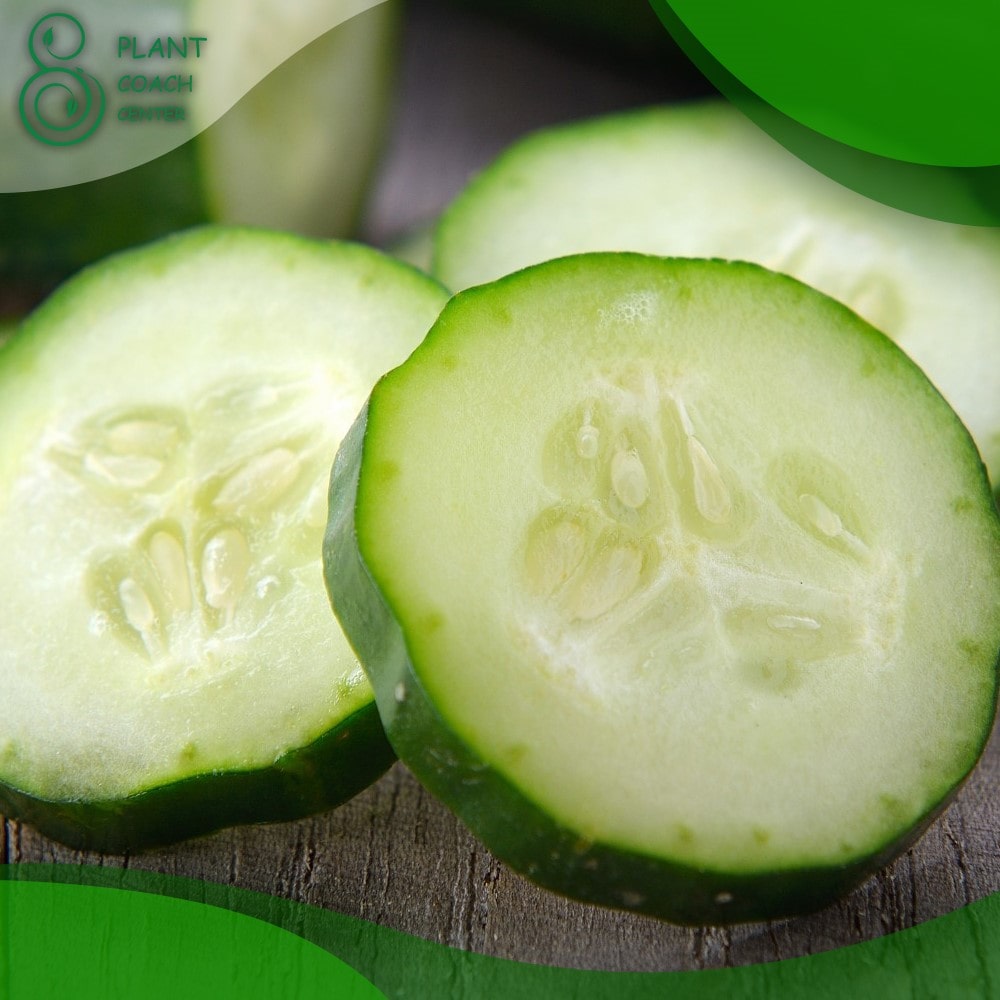When Should You Plant Cucumbers
Cucumbers are a beloved staple in gardens and kitchens worldwide. These versatile veggies offer a crisp texture and refreshing taste, making them perfect for salads, sandwiches, and even cocktails. However, if you’ve ever wondered, “When should you plant cucumbers?” you’re not alone.
It’s a crucial question many aspiring gardeners ask, and it’s the key to successful cucumber cultivation. In this comprehensive guide from plantcoachcenter.com, we’ll answer this question and delve deeper into the secrets of nurturing your cucumbers from seed to harvest.
Understanding Cucumber Plant Basics
What are Cucumbers?
Cucumbers, scientifically known as Cucumis sativus, have been cultivated for thousands of years. Originating in India, they have spread across the globe, and today, numerous varieties exist. These include slicing, pickling, and burpless cucumbers, each with distinct characteristics and uses.
Life Cycle of a Cucumber Plant
Cucumber plants follow a particular life cycle that starts from a seed and ends in a fruit-bearing plant. The seed germinates into a seedling, which grows into a mature plant with flowers. The female flowers, once pollinated, develop into cucumbers.
When Should You Plant Cucumbers
Understanding Your Climate
Cucumbers thrive in warm weather. They’re typically planted in spring, after the threat of frost has passed. If your area experiences a colder climate, you may have to wait until late spring or early summer to plant.
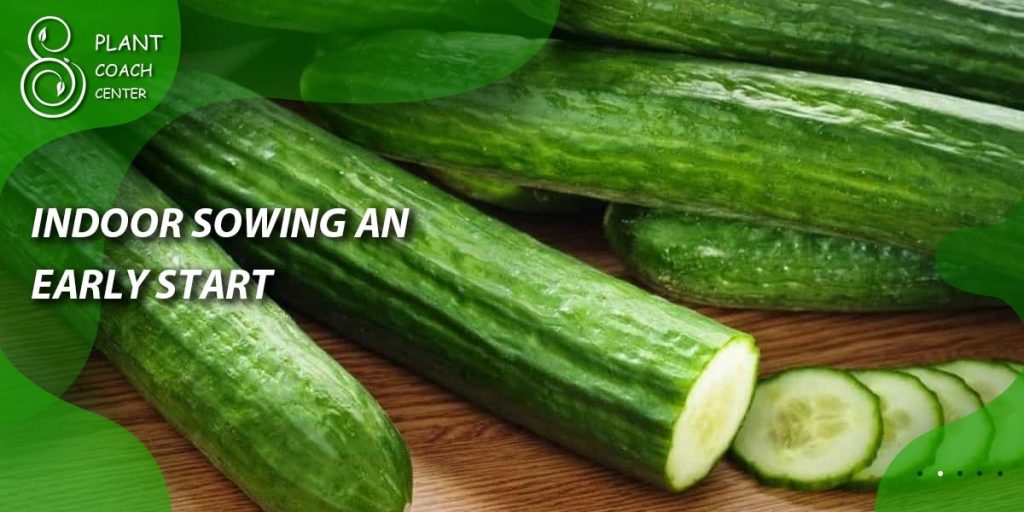
Indoor Sowing: An Early Start
Starting your cucumbers indoors can give them a headstart. You can begin 2-4 weeks before the last expected frost, then transplant the seedlings outside when the weather warms. This method can lead to an earlier and more productive harvest.
Direct Outdoor Sowing
Directly sowing your cucumbers outside is another option, especially if you live in a warmer climate. It’s best to plant when the soil temperature has consistently reached 70°F, typically in late spring or early summer.
Preparing Your Garden for Cucumber Planting
Soil Preparation
Cucumbers prefer well-draining soil with a pH between 6.0 and 7.0. It should also be rich in organic matter. You can improve your soil by adding compost or well-rotted manure.
Sunlight and Water Requirements
Cucumbers need full sunlight and regular watering. They should receive at least 6 hours of sun per day. As for watering, maintain a consistent schedule to keep the soil moist but not waterlogged.
Planting Your Cucumbers
- Prepare the soil as mentioned above.
- Dig a hole about 1 inch deep.
- Place the cucumber seed or seedling in the hole.
- Cover with soil and water well.
- Maintaining Proper Spacing
- Spacing your cucumber plants correctly is crucial. Proper spacing allows for adequate air circulation, reducing the risk of disease. Generally, plants should be spaced about 36 to 60 inches apart.
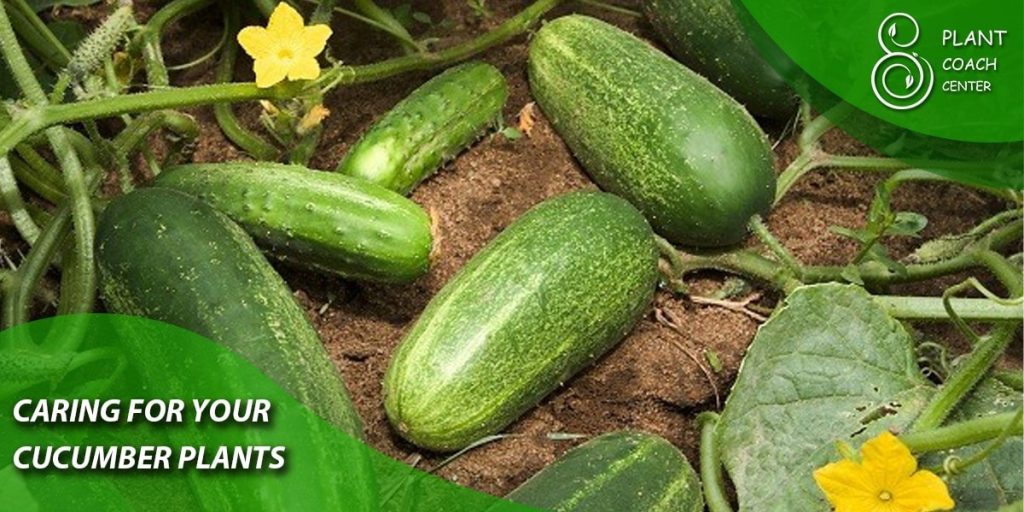
Caring for Your Cucumber Plants
Regular Watering and Fertilizing
Cucumbers are thirsty plants. Water them regularly, especially during dry spells. As for fertilizing, a balanced vegetable fertilizer can be applied every 2-4 weeks.
Mulching and Staking
Mulching helps retain soil moisture and suppress weeds. Staking, on the other hand, can support your cucumber plants as they grow, keeping the fruits off the ground and reducing the risk of rotting.
Troubleshooting Common Cucumber Plant Problems
Identifying Diseases and Pests
The most common cucumber plant diseases include powdery mildew and bacterial wilt. Typical pests are cucumber beetles and aphids. Regularly check your plants for signs of these problems.
Effective Treatment Measures
For diseases, fungicides can often help. For pests, insecticidal soaps or natural predators like ladybugs can be effective. Always remember that prevention is better than cure.
Harvesting Your Cucumbers
Cucumbers should be harvested when they are about 6 to 8 inches long for most varieties. Harvesting is typically done by cutting the stem above the fruit with a sharp knife or pruners.
Optimal Watering Time for Cucumbers
There is a preferred time of day to water cucumber plants. The best time to water your cucumbers, and most other plants, is early in the morning.
Watering in the early morning allows the water to soak into the soil and reach the plant roots before the heat of the day can evaporate the moisture. This gives your plants enough time to absorb the water they need to survive the day’s heat.
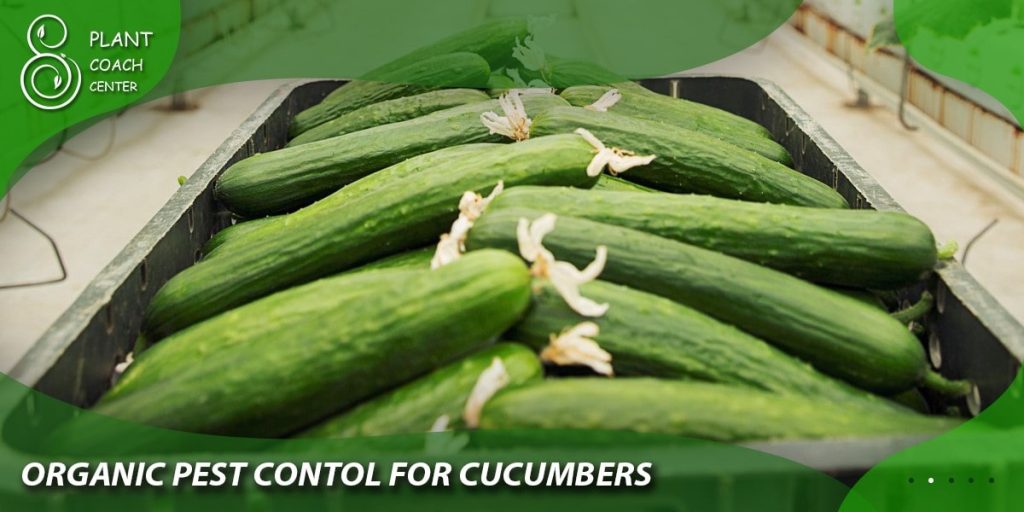
Another advantage of watering in the morning is that it helps prevent diseases. Watering in the evening or at night can leave your plants damp overnight, which can create ideal conditions for fungal diseases. Morning watering ensures that the leaves can dry out during the day, reducing this risk.
While cucumbers need consistent moisture to thrive, it’s not just about how much you water, but also when you water them. Stick to early morning watering to give your plants a healthy start each day.
Organic Pest Control for Cucumbers
Cucumber plants can sometimes attract pests like cucumber beetles, aphids, and slugs. While there are many chemical pesticides available, organic pest control methods can be just as effective and are safer for the environment and beneficial insects. One organic method is to use beneficial insects, like ladybugs and lacewings, which naturally prey on harmful pests. Another method is to use homemade sprays made from mild soapy water or a mixture of water and neem oil, which can deter many pests.
Planting companion plants, such as marigolds or nasturtiums, can also help repel certain pests. These plants release chemicals that pests find unpleasant, protecting your cucumbers naturally.
Remember, the key to successful organic pest control is regular monitoring and early intervention. The sooner you spot a problem, the easier it is to deal with.
Companion Plants for Cucumbers
Companion planting is a method of growing certain plants together for mutual benefit, often to deter pests, improve pollination, or enhance soil nutrients. For cucumbers, several companion plants can be especially beneficial.
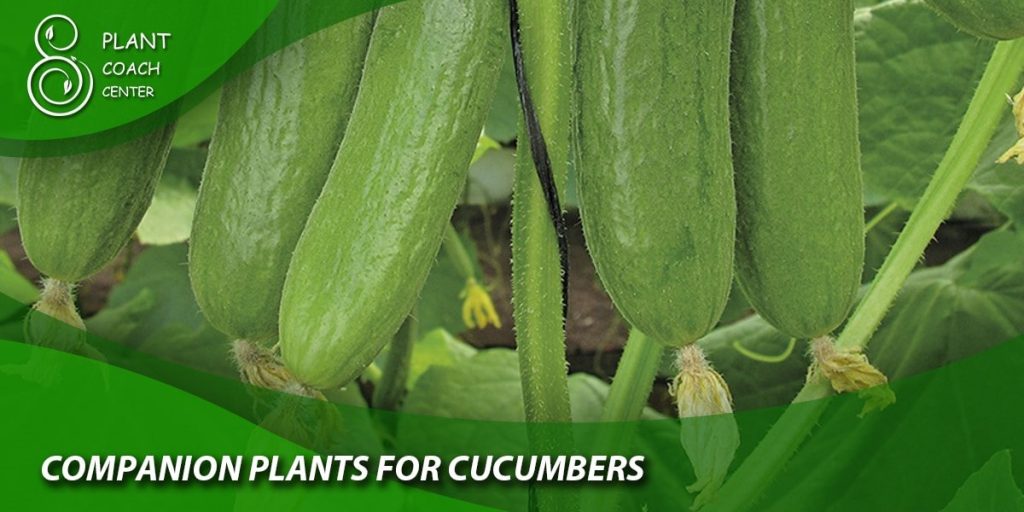
Marigolds: These vibrant flowers are known to deter a variety of pests, including nematodes and beetles, with their strong scent.
Nasturtiums: Not only are nasturtiums beautiful, but they also repel aphids, beetles, and other pests.
Beans: Beans can help enrich the soil by fixing nitrogen, a nutrient that cucumbers require in considerable amounts.
Corn: Growing corn and cucumbers together can be beneficial as the cornstalks provide a natural trellis for cucumber vines, saving space and promoting healthy circulation.
Radishes: Radishes are said to deter cucumber beetles, one of the most common pests of cucumber plants.
These are just a few examples. Companion planting can be a powerful tool in the garden, helping to create a healthier, more productive environment for your cucumber plants.
Conclusion
Success in cucumber cultivation starts with knowing when to plant cucumbers and understanding the basics of their care. It’s about nurturing them from seed to harvest. With the comprehensive guide provided by plantcoachcenter.com, here’s hoping your journey into cucumber gardening is as fruitful as the plants you cultivate.
Can I plant cucumbers at any time of the year?
While cucumbers are fairly adaptable, they are a warm-weather plant. They should ideally be planted after the last frost in spring.
Can cucumbers be started indoors?
Yes, cucumbers can be started indoors about 2-4 weeks before you plan to transplant them outside.
How much space do cucumber plants need?
Generally, cucumber plants should be spaced about 36 to 60 inches apart.
What are common pests of cucumber plants?
Cucumber beetles, aphids, and powdery mildew are common issues for cucumber plants.
When should I harvest my cucumbers?
Cucumbers can be harvested when they are about 6 to 8 inches long for most varieties.
What should I do if my cucumber plants are diseased?
Identification is the first step. Once you have identified the disease, you can use the most appropriate treatment to deal with it.


